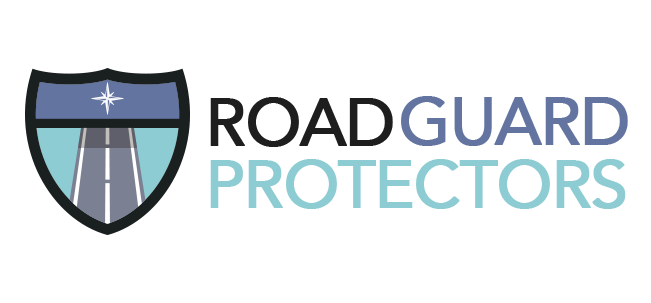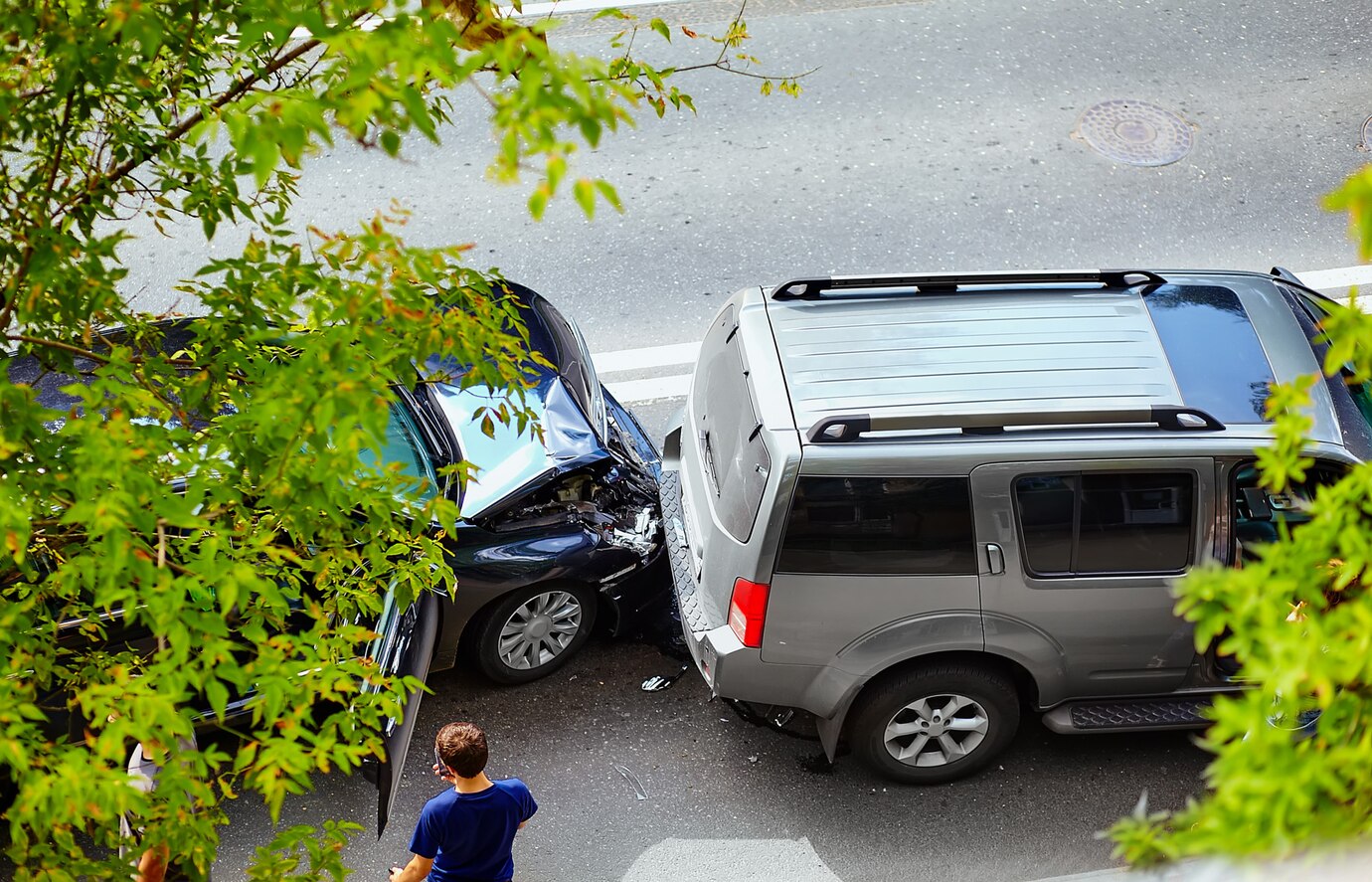In the world of auto insurance, collision coverage often stands out as one of the most crucial components of a comprehensive policy. However, many drivers remain uncertain about what collision coverage entails and when it’s necessary. Understanding collision coverage is essential for protecting yourself and your vehicle in the event of an accident. In this article, we’ll delve into the specifics of collision coverage, why it’s important, and how it operates.
What is Collision Coverage?
Collision coverage is a type of auto insurance that helps pay for repairs or replacement of your vehicle if it’s damaged in a collision with another vehicle or object, regardless of who is at fault. Unlike liability insurance, which covers damages to other people’s property or injuries, collision coverage specifically addresses damages to your own vehicle.
When is Collision Coverage Necessary?
Collision coverage is typically necessary in several situations:
- New or Valuable Vehicles: If you own a new or expensive vehicle, collision coverage can provide financial protection in the event of an accident. Repairing or replacing a high-value vehicle out of pocket can be financially devastating, making collision coverage a wise investment.
- Leased or Financed Vehicles: Many leasing companies and lenders require collision coverage as part of their agreements to protect their financial interest in the vehicle. Even if it’s not mandated, it’s often advisable to maintain collision coverage to safeguard your investment until you fully own the vehicle.
- High-Risk Drivers: If you’re considered a high-risk driver due to factors such as a history of accidents or traffic violations, collision coverage can be particularly valuable. Since high-risk drivers are more likely to be involved in accidents, having collision coverage ensures you’re protected against the potentially significant costs of repairing or replacing your vehicle.
How Does Collision Coverage Work?
Understanding how collision coverage operates can help you make informed decisions when choosing your auto insurance policy:
- Deductible: Like other types of insurance, collision coverage typically comes with a deductible, which is the amount you must pay out of pocket before your insurance coverage kicks in. You can choose a deductible amount based on your budget and preferences, with higher deductibles typically resulting in lower premiums and vice versa.
- Claim Process: If you’re involved in a collision and need to file a claim for damages to your vehicle, you’ll need to contact your insurance provider as soon as possible. They’ll guide you through the claims process, which typically involves providing details of the accident, obtaining repair estimates, and submitting relevant documentation.
- Coverage Limits: Collision coverage is subject to certain limits, which may vary depending on your policy. These limits dictate the maximum amount your insurance company will pay for repairs or replacement of your vehicle, up to the policy’s specified limit. It’s essential to review your policy to understand the coverage limits and ensure they meet your needs.
- Settlement: Once you’ve filed a claim for collision coverage, your insurance company will assess the damages and determine the appropriate settlement amount based on factors such as the extent of the damage, the value of your vehicle, and your policy coverage limits. You’ll then receive compensation to cover the cost of repairs or replacement, minus your deductible.

